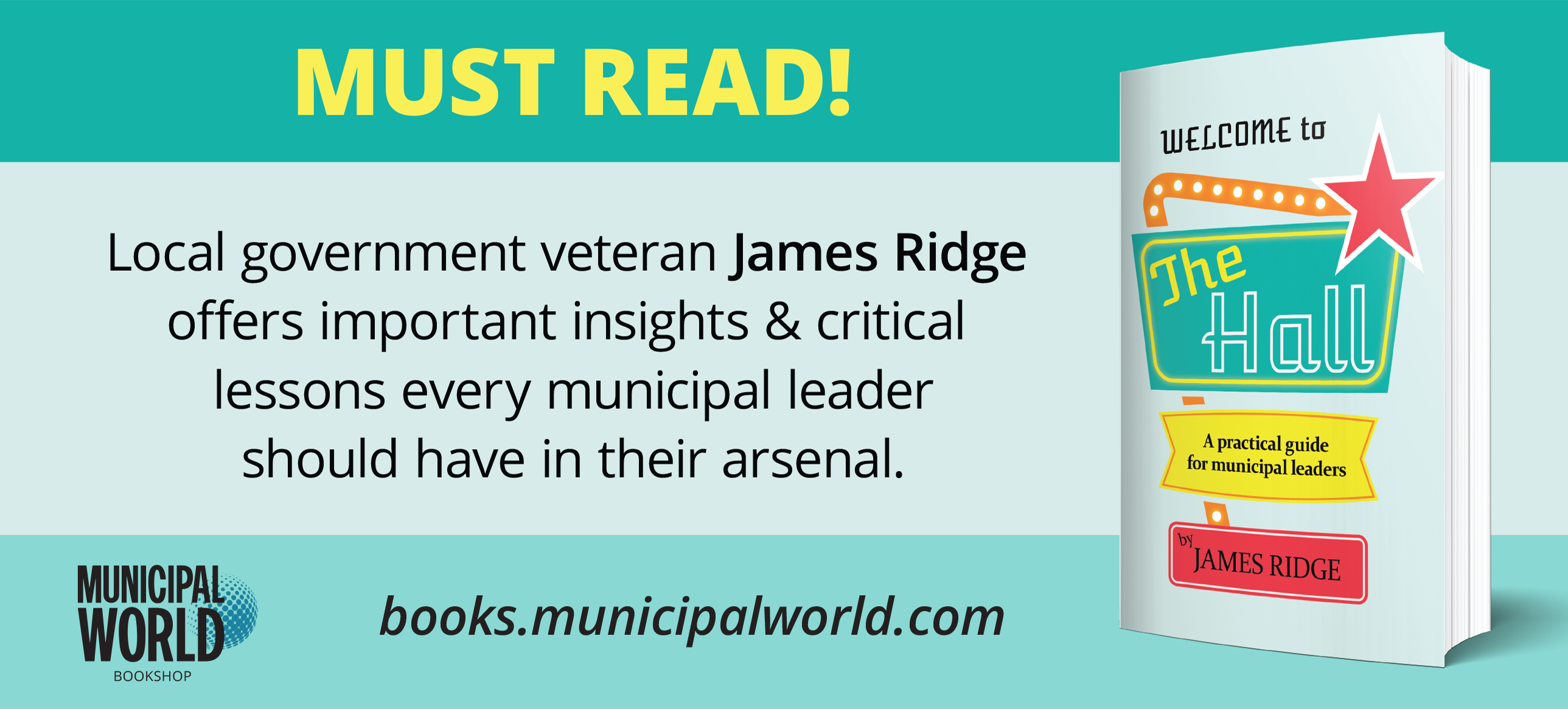Who evaluates the CAO? (Part 2)

After discussing performance evaluation from the perspective of “why evaluate?” (May 2013); what should be evaluated? (June and July); we turned to the question of “who should do the evaluation?” (August). This month, that examination continues, by considering what I view as the last three alternatives or options open to a council: the mayor, council, or a combination of all options.
The Mayor
There are communities in Canada that follow this model. They shouldn’t. Nowhere in legislation in Canada (as far as I know) does the legislation say that the CAO reports to the mayor. While I have a lot of respect for mayors (past and present), and while I suspect that some could act as the evaluator on behalf of council, they should not. The CAO reports to council as a whole. Whether or not the CAO stays employed is a decision made by council, not by the mayor. Now, I would argue (and have) that the relationship of the CAO to the mayor is so critical to the success of the community that, if this breaks down, a serious discussion is required within council to determine how to either mend that situation or sever the contract of the CAO. On the other hand, the mayor is the chief spokesperson for the council and does not carry the full weight of council. The CAO needs to hear from all of council (either directly or through a committee) as to what the council thinks of his or her performance.
The Council
The foregoing outline of the various options likely leaves most readers suspecting that I would eventually land on what I would see as the best option and that it would be council. You would be correct, and once again prove how insightful the readers of this column have become.
Before I throw in my “however …” let me elaborate on why this process of assessing the CAO ought to be undertaken by all of council. I would argue that each CAO reports to the council (albeit in some very large municipalities that may be delegated to an executive committee). Much of this reporting is done in a face-to-face manner every two weeks or so at regular meetings of council. If it is possible for a CAO to report to a full council, and if he or she wants to hear from all of council and not simply a few (who may not represent the all), then the privilege and responsibility of undertaking the review should be accorded to the full council. The mayor ought to lead the charge; all of council should be consulted privately for their opinions; and all ought to be present when the mayor sums up what has been approved by council as their response/evaluation. While the success of this depends in no small measure on a good performance review instrument (contact me if you do not have one) and in the ability of the mayor to draw the consensus from the various points of view in a comprehensive, honest fashion, the foregoing should work.
A Combination of All Options
I mentioned an “however”… both size and circumstance might dictate a different model. A council larger than nine members might feel inclined to delegate this review to a committee of council. The rest of council ought to have an equal participation in terms of being asked for their judgment on the CAO, but the task may be assigned to a committee.
Where there are extenuating circumstances (such as council being noted for its disharmony on most topics), a decision to bring in an experienced consultant might be worthwhile. I would honestly admit that I would have argued against this option until I had been asked to assist in a situation where mixed messages had been sent and received, and the CAO was under the impression that the guillotine awaited him – only to discover that most of council thought he was doing a first rate job! The task of the consultant, regardless of how experienced and professional, should be to draw out of council (and the CAO) all of the factors that needed to be discussed and the assessment that the group collectively should be delivering. In somewhat volatile circumstances, this is no small feat.
What about involving the senior management? I would say that it is possible, but only under well-managed circumstances. If an external and highly regarded consultant is to be employed, council and management might agree to their participation, provided that their input is carefully managed and messaged and that there is no fear that any such input might be leaked. Such input might be part of a broader 360° process or it might be solicited as a part of a more targeted review. In no instance should the head of HR be asked to coordinate the process, unless there has been no evidence of angst between council and the CAO, and only if the HR manager has an excellent relationship to the CAO (who is either his or her direct boss, or perhaps one echelon removed). I have seen the HR director become the meat in the proverbial sandwich and it has not been pretty. The unintended consequences resulted in the departure of more than just the CAO.
A committee of council can be beneficial if it serves with the direction and input of council; if all of council’s views are sought; and if the mayor still leads the process of briefing the CAO. The committee’s role ought to be clearly described and limited to recommending the results to council, not approving the results. Again, if the municipality is to enjoy democratic leadership, all of council must “sign off” this important process.
Next Month: What results? What are the rewards of doing such a review; do the pluses outweigh the perceived downsides; and how is compensation connected to the process. MW
GEORGE B. CUFF, FCMC, our governance zone expert, has been involved in local government in one way or another since 1970. He has been a recreation and youth specialist, a department head, a mayor for 12 years, and a consultant/advisor to municipalities since 1976. He is the author of Off the Cuff: A Collection of Writings by George B. Cuff – Volumes 1, 2, and 3 and Making a Difference: Cuff’s Guide for Municipal Leaders, Volumes 1 and 2, published by Municipal World, as well as dozens of magazine articles and columns in Municipal World since 1984.
as published in Municipal World, September 2013
Related resource materials:



